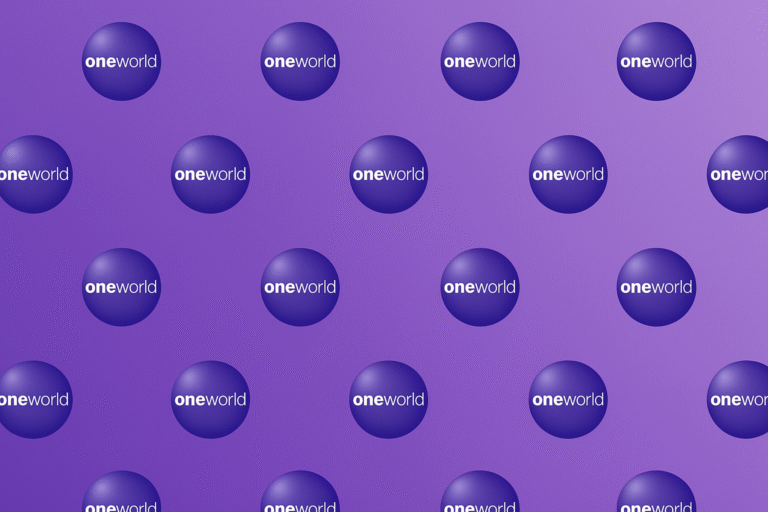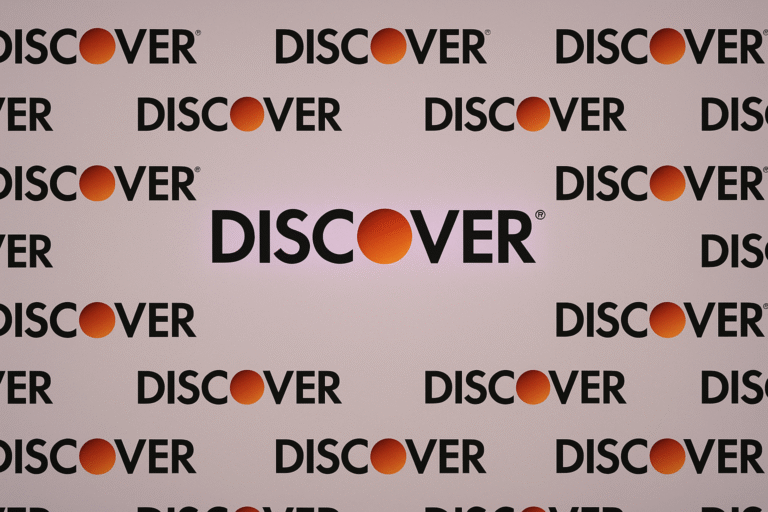What would change if your company treated innovation as a system, not a slogan? In the modern corporate landscape, innovation is not a hackathon or a press release. It is a repeatable way to discover value, ship outcomes, and learn faster than the market shifts. The companies that win build the habit of turning ideas into measurable impact. That is the work.
What “innovation” really means today
Innovation is not about being first. It is about shortening the distance between a problem and a working solution. In practical terms that means tighter feedback loops, clearer goals, and fewer handoffs. When you frame innovation as speed to learning, decisions get easier and politics loses power.
Use this definition: Innovation is the continuous practice of discovering customer value and delivering it with the least waste.
The four corporate constraints you must design around
Large organizations have real constraints. Ignoring them is why many “transformation” projects stall. Design your innovation program to work with these constraints.
-
Risk and compliance. You need traceability and guardrails. Bake them into your process so teams can move fast without fear.
-
Legacy systems. Do not boil the ocean. Wrap legacy with APIs and ship value at the edges.
-
Incentives. Teams ship what they are measured on. Align incentives with outcomes, not output.
-
Coordination costs. Cross-functional work gets slow. Reduce the number of decision makers and clarify who has authority.
Six moves that make innovation repeatable
These moves work across industries. Start small and scale what works.
1) Start with a business problem, not a roadmap
Write a one page brief that names the problem, the impacted metric, and the decision date. A clear problem beats a long plan.
Example: “Reduce support tickets about failed payments by 25 percent in Q4. Decision checkpoint in four weeks.”
2) Run a portfolio of small bets
Do not place one giant bet. Fund a portfolio. Let small teams run time-boxed experiments, then double down on winners. A simple 70-20-10 split works: 70 percent core improvements, 20 percent adjacent, 10 percent exploratory.
3) Use design systems and platform thinking
A strong design system turns new ideas into consistent interfaces. Pair that with internal platforms that standardize identity, payments, and messaging. The result is faster delivery and fewer regressions.
4) Make discovery cheap with prototypes and real data
Prototype early. Connect to a safe slice of real data where possible. Validate the value before you polish the UI. A working prototype with a measurable signal beats a perfect deck.
5) Ship with a small cross-functional team
Three to five people can move a mountain when they share context. Product, design, and engineering sit together, review together, and own one metric. Use weekly demos to keep leaders close to the work.
6) Install governance that accelerates, not blocks
Good governance clarifies risk, access, and data handling so teams can move. Create a short checklist for security, privacy, and QA that is used every time. Keep it visible, automated where you can, and boring on purpose.
A 30-60-90 day innovation plan you can apply now
You can stand this up without a reorg. Keep the scope tight and the cadence honest.
Days 1–30: Prove the problem
-
Capture three pain points with data.
-
Build a prototype that touches one real workflow.
-
Run five user sessions with clear tasks.
-
Decide: pivot, proceed, or park.
Days 31–60: Prove the solution
-
Implement the smallest slice that delivers value.
-
Release to a pilot audience.
-
Measure one success metric and one quality metric.
-
Document the learning in a one page brief.
Days 61–90: Prove the model
-
Broaden access and compare cohorts.
-
Remove manual steps and stabilize the path to production.
-
Present results with costs avoided, time saved, and risk addressed.

Where AI fits in corporate innovation
AI is not a strategy. It is a capability that can compress time. Use it where latency hurts: content operations, customer service triage, internal knowledge search, and pattern detection in large datasets. Start with narrow use cases that have clear guardrails and human oversight.
-
Define the task. Retrieval, summarization, classification, or generation.
-
Set boundaries. Data sources, privacy rules, and escalation paths.
-
Measure impact. Time saved per task and error rates compared to baseline.
-
Keep a human in the loop for decisions with legal or financial impact.
Metrics that matter
Pick three. Make them public. Review weekly.
-
Time to value. Days from idea to first measurable impact.
-
Cycle time. Time from ticket start to production.
-
Support volume. Tickets per thousand users for the target area.
-
Conversion or completion. Rate on the critical path.
-
Reliability. Incidents or rollbacks per release.
A short case snapshot
On a group travel quoting tool, we focused on one metric: reduce quotes that required manual price overrides. We mapped the workflow, built a rule preview in the quote editor, and added a clear “why this changed” explanation wherever adjustments applied. Pilot results showed a meaningful drop in overrides and a noticeable reduction in back-and-forth messages. The point is simple. Find the bottleneck, prototype the fix, measure, then scale.
Common pitfalls that slow corporate innovation
-
Starting with technology rather than a business problem.
-
Shipping features without a metric and a decision date.
-
Treating governance as a gate instead of a checklist.
-
Over-indexing on presentations instead of working software.
-
Spinning up too many teams with unclear ownership.
SEO keywords: innovation pitfalls, failed digital transformation.
Practical toolkit to keep teams moving
-
One page problem briefs. Problem, metric, audience, decision date.
-
Design system library. Buttons, forms, layout, tokens, and usage notes.
-
Prototype checklist. Data needed, success tasks, and test plan.
-
Release rubric. Access, monitoring, rollback, and a definition of done.
-
Weekly demo cadence. Fifteen minutes per team, no slides, working software only.
Closing thought
Innovation in the modern corporate landscape is a management practice, not a moonshot. Start with a clear problem, use small cross-functional teams, and measure what matters. When the system rewards learning and the path to production is short, good ideas do not get stuck. They ship, they help customers, and they compound.











